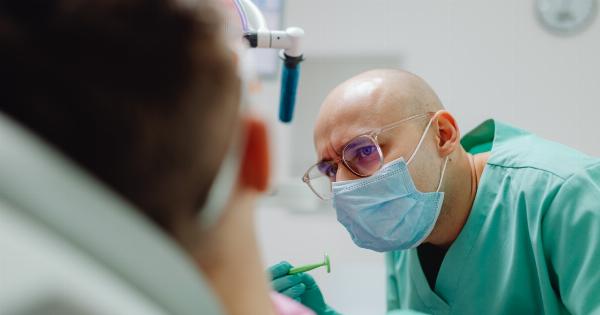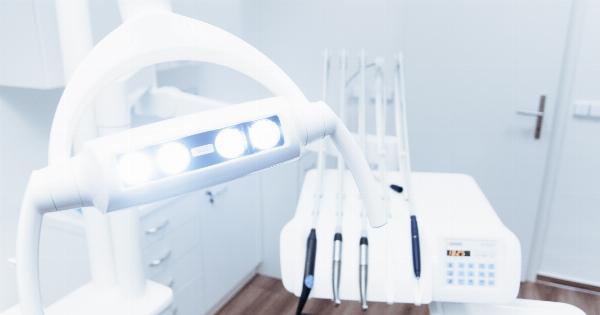As men age, it’s not uncommon for their prostate gland to enlarge. This condition is known as benign prostatic hyperplasia (BPH) and can cause a range of urinary difficulties.
If you are struggling with urinary issues caused by an enlarged prostate, there are several management options you can explore.
What is an Enlarged Prostate?
The prostate gland is located beneath the bladder and its main function is to produce seminal fluid. In young men, the prostate is small – about the size of a walnut.
However, as a man ages, his prostate can grow bigger, which can lead to uncomfortable symptoms.
An enlarged prostate can put pressure on the urethra, the tube that carries urine from the bladder through the penis and out of the body. This constriction of the urethra can result in a range of urinary issues, including:.
- Frequent need to urinate, including at night
- Difficulty starting urination
- Weak urine flow
- Urinary retention (difficulty emptying the bladder fully)
- Urinary tract infections
Symptom Relief with Medications
Medications can be effective at reducing the symptoms of urinary difficulties caused by an enlarged prostate.
Alpha-blockers, for example, work to relax the muscles in the bladder and prostate, improving urine flow and reducing the need to urinate frequently.
Beta-blockers and 5-alpha-reductase inhibitors can also be used to treat an enlarged prostate. These medications help to reduce the size of the prostate and improve urinary symptoms.
It’s important to note that medications can come with side effects, such as dizziness, drowsiness, and sexual dysfunction. Always discuss the potential risks and benefits of any medication with your doctor.
Minimally Invasive Procedures
If medication isn’t effective or you’re experiencing severe symptoms, your doctor may recommend a minimally invasive procedure to improve your urinary symptoms.
One commonly used procedure is transurethral resection of the prostate (TURP). During this procedure, a small instrument is inserted into the urethra to remove excess tissue from the prostate.
TURP is a minimally invasive procedure and is considered to be very effective at improving urinary symptoms.
Other minimally invasive procedures include:.
- Transurethral incision of the prostate (TUIP)
- Laser therapy
- Prostatic urethral lift (PUL)
As with any medical procedure, there are risks and benefits to each type of minimally invasive procedure. Speak with your doctor to determine which option is right for you.
Surgery
In rare cases, surgery may be necessary to treat an enlarged prostate. This is typically only recommended if other treatments have been ineffective or if you have complications such as bladder stones or chronic urinary retention.
One surgical procedure used to treat an enlarged prostate is a prostatectomy, which involves removing the prostate gland entirely. This is a major surgery that requires a hospital stay and a longer recovery period than minimally invasive procedures.
Lifestyle Changes
In addition to medication and medical procedures, lifestyle changes can also help to reduce the symptoms of an enlarged prostate. Making simple changes to your diet and exercise routine can go a long way in improving urinary difficulties.
Some lifestyle adjustments you can make include:.
- Reducing your intake of caffeine and alcohol
- Drinking more water to flush out the bladder
- Pelvic floor exercises to strengthen the muscles around the bladder
- Avoiding foods that irritate the bladder, such as spicy and acidic foods
- Maintaining a healthy weight through regular exercise
Conclusion
An enlarged prostate can cause a range of urinary issues, but there are many effective management options available.
Whether you choose medication, a minimally invasive procedure, or lifestyle changes, it’s important to work closely with your doctor to determine the best course of treatment for you.































